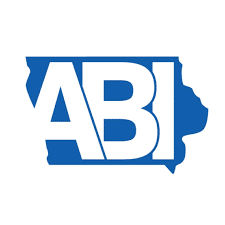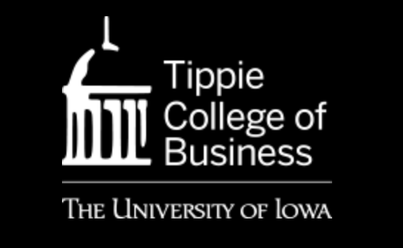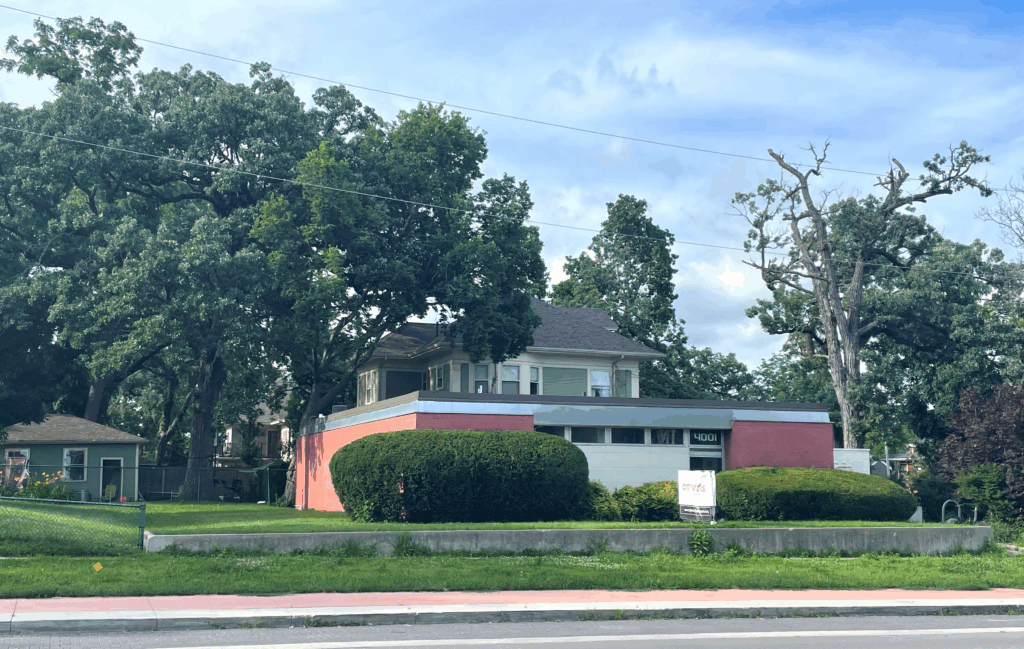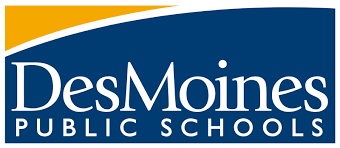Takeaways from a civil discourse on Iowa’s state tax-cut proposals

JOE GARDYASZ Feb 25, 2022 | 5:09 pm
5 min read time
1,174 wordsAll Latest News, Arts and Culture, Government Policy and Law“Tax competitiveness really matters” across states, according to a state tax policy expert with the Tax Foundation, who earlier this week said that tax reduction proposals in Iowa may not go far enough compared with the rates that many other states are enacting.
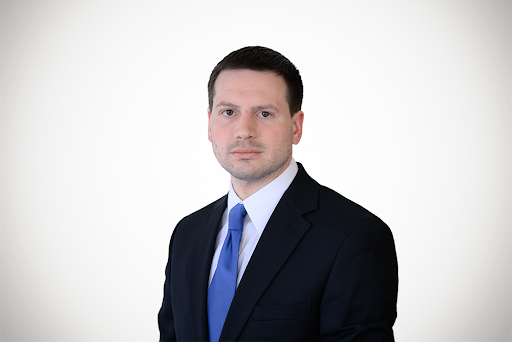
“The top [state income tax rate] in about two years will be 5%, just based on the current enactments, and it’s probably going to go lower than that,” Walczak said during a live forum in Des Moines hosted Wednesday morning by the Taxpayers Association of Central Iowa. “So this is a very competitive environment right now, and I think states need to be cognizant of that. They also, of course, need to be responsible in how they do these things.”
Walczak was part of a three-person panel hosted by TACI at the Greater Des Moines Botanical Garden. They spent just over 90 minutes discussing the potential benefits, pitfalls and far-reaching consequences that the move to a flat-rate state income tax could have on Iowa taxpayers, their communities, and the state as a whole.
The organization, which last year celebrated its centennial year, strives to be “a forum for critical, educated, and civil dialog regarding the performance and appropriate funding of counties, cities, school and other public entities in Polk, Dallas, and Warren Counties,” as TACI’s president, Art Wittmack, wrote in TACI’s newly released annual report.
On the panel with Walczak were Kraig Paulsen, director of the Iowa Department of Revenue and the Iowa Department of Management; and Mike Owen, deputy director of public policy group Common Good Iowa, which has offices in Des Moines and Iowa City.
Paulsen opened the discussion by providing a high-level overview of the state’s budgetary and fiscal position, highlighting how some key state government revenues and expenditures are trending. While the proportion of funding that goes toward total education funding for K-12, community college and regents institutions has generally tended to grow in step with the overall budget, that’s not the case with the state’s Medicaid budget, he noted.
In 2005, the year Paulsen first joined the General Assembly as a legislator, the Medicaid budget was $422 million, or 9% of the state budget at the time. “In this next proposed budget from the governor, it’s actually $1.5 billion, so over triple the amount of money in less than 18 years. And it’s grown to about 18% of the state budget.” The disproportionate growth is “not a value judgment,” he said in prefacing his remarks. “That’s just math.” An increase in the federal match to Medicaid during the pandemic, which is expected to end sometime this year, explains part of the growth, he said.
The largest single category of the state’s budget is education spending, which accounts for $4.6 billion of the state’s $8.2 billion proposed budget. For K-12 education, the biggest piece of total education spending, the state spends just over $1 billion, which on a per-student basis comes out to $16,587 for about 484,000 students currently.
The state’s Consensus Revenue Estimating Committee, of which Paulsen is one of three members, in December estimated inflows of $9.2 billion, and Paulsen said he anticipates a modest increase with the next estimate in March. The Legislature is required to use the lowest of the three most recent estimates, he noted. Historically, state revenues have tended to approximate a 4% annual growth rate on a fairly consistent basis over time, he said.

Owen also noted that the state hasn’t yet fully implemented the provisions of the last round of tax cuts that were enacted in 2018, which reduced the top income tax rate to 6.5%. “And now we’re going to cut again — we haven’t found the bottom of the hole, and we’re going to start digging — that’s what’s going on at the Capitol right now.”
The proposals are also inequitable to lower- and middle-class Iowans, who will not benefit nearly as much as will the wealthiest Iowans, Owen said.
Regarding corporate income taxes, Owen presented a chart produced by Ernst & Young showing Iowa in the middle of a large pack of states with similar corporate income tax rates, which indicates the state is already competitive on business taxes.
“Our conclusion about these plans is they all choose tax breaks for people who are better off at the expense of critical services that have been built through decades of bipartisan cooperation,” Owen said. “Certainly [there are] differences on how much to spend, but it [has been] a foundation that has supported our Iowa economy.”
Each of the proposals “would definitely increase inequities,” he added. “These are the things that will make it less attractive to live and work in the state. We need to provide services; we need to invest in our state. That’s our perspective as taxpayer advocates.”
Walczak said the Ernst & Young data that Owen presented isn’t reliable because it hasn’t been updated since 1988. He also called the analysis incomplete, saying it “excluded corporate income taxes, commercial property taxes, the inheritance tax, business inputs in the sales tax.”
He also said the analysis did not take into account retirement provisions that would benefit some lower-income Iowans.
One of Walczak’s biggest takeaways: States are experiencing a trend of high growth, which they are concluding isn’t dependent upon the past two years of federal stimulus payments that have flowed to the states.
“We have to be very careful with one-time spikes, because you can’t do long-term tax relief with one-time money,” he said. “The first step is to tease out, what’s the bump, and what’s sustainable?
“Every state has been doing this, and what’s incredible is that basically every state has come to the same conclusion. Red, blue or purple, it doesn’t matter, we’re seeing very long-term revenue growth the last couple of years prior to the pandemic, and the pandemic put a very short damper on that — we basically returned to that trajectory.
“It does leave states with a choice — even after you do the inflation adjustments, and they are big right now — states have a lot of growth,” Walczak said. “You can put it in reserves … you can grow spending up to that level, or you provide tax relief to balance the budget. Or you can do some combination, and what we’re finding is that a lot of states are choosing the combination route. They are saying that at least some of this additional revenue should go to the taxpayer.”





